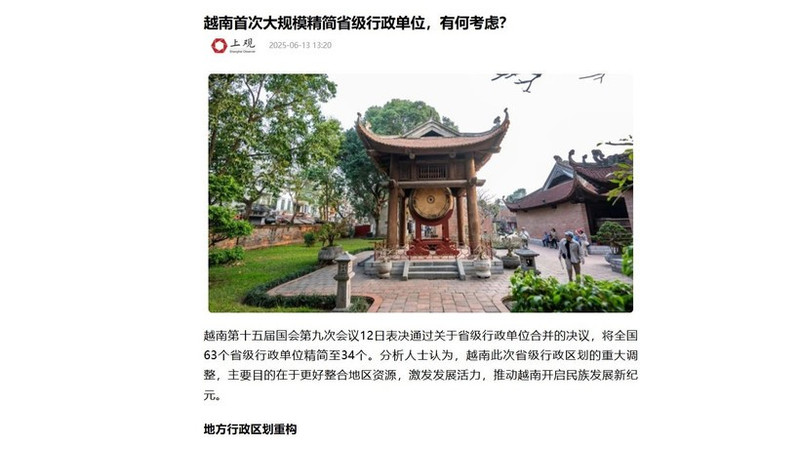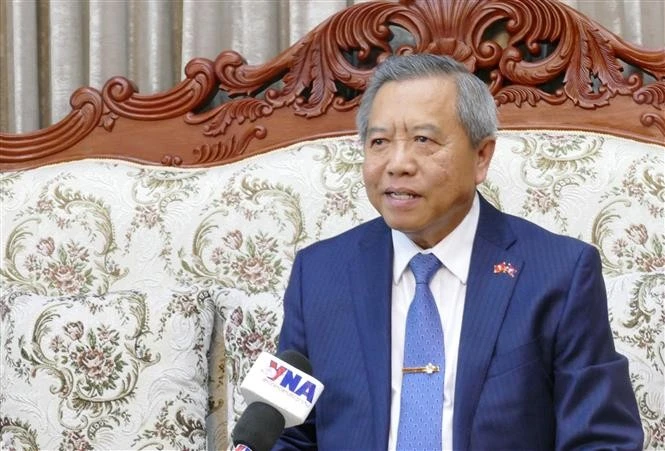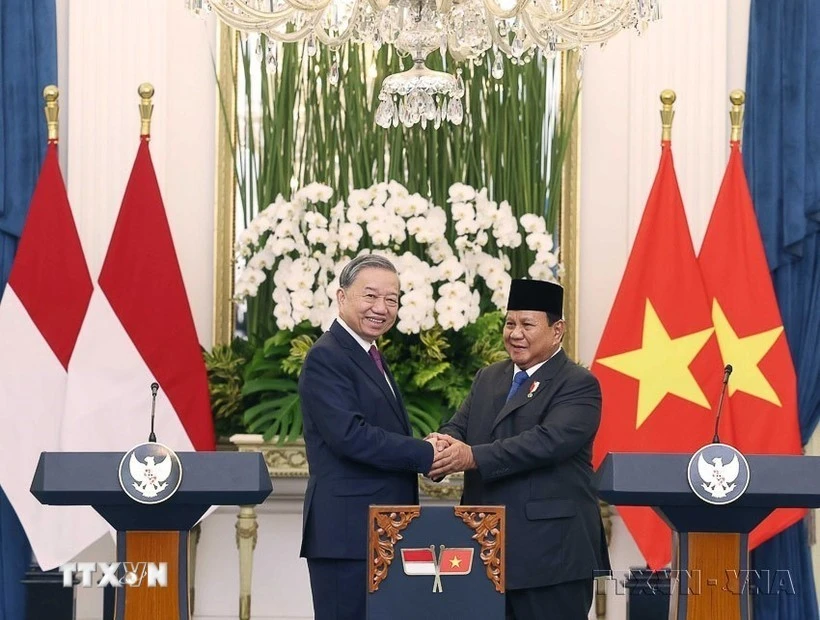This was the assessment made by analysts quoted in an article published by China’s Shangguan News.
According to the article, during its 9th session, the 15th National Assembly of Viet Nam passed a resolution on merging provincial-level administrative units, reducing the number of centrally governed provinces and cities from 63 to 34.
To implement this “restructuring of the local administrative apparatus”, the National Assembly of Viet Nam has instructed the relevant authorities to urgently carry out all necessary preparations to ensure the newly merged local government system comes into official operation by July 1, 2025.
The article noted that this administrative merger follows Viet Nam’s ongoing reform of the central government apparatus. Since the nation’s reunification on April 30, 1975, Viet Nam has undertaken several adjustments to its provincial-level administrative boundaries. However, this marks the first time such restructuring has been carried out on such a large scale.
Citing General Secretary To Lam’s remark that “a bloated apparatus hampers development” and that most of the state budget is used for operations and personnel rather than investment in development, the article highlighted that a comprehensive reform of the entire administrative system was initiated, from central to local levels. This included a series of resolutions passed by the National Assembly on restructuring the government apparatus and merging administrative units at both provincial and communal levels.
Emphasising the importance of the restructuring, the article said that adjusting administrative boundaries would help launch a new era of development for the Vietnamese nation. Following this adjustment, no province in Viet Nam will have an area smaller than 1,000km². For example, Bac Ninh — an industrial manufacturing hub in the north with an area of only 822.7km² — will be merged with neighbouring Bac Giang Province. The newly formed province will have a total area of 4,718.6km², opening new economic development opportunities for the former Bac Giang area.
Ho Chi Minh City, the largest and most economically important city in Viet Nam, will merge with the provinces of Ba Ria-Vung Tau and Binh Duong. The newly expanded Ho Chi Minh City will span over 6,772km² and have a population of 14 million. It will integrate key industrial sectors including seaports, manufacturing, and energy, forming an economic belt that could account for as much as 24% of Viet Nam’s total GDP.
The article cited opinions from National Assembly deputies and Vietnamese media, emphasising that this adjustment of provincial-level administrative units is a historic decision, opening a new chapter in the country's development history while creating new space and new conditions for local development. The objective of the restructuring is to streamline the administrative system, improve governance efficiency, boost economic development, and lay the groundwork for a new era of national progress.
















